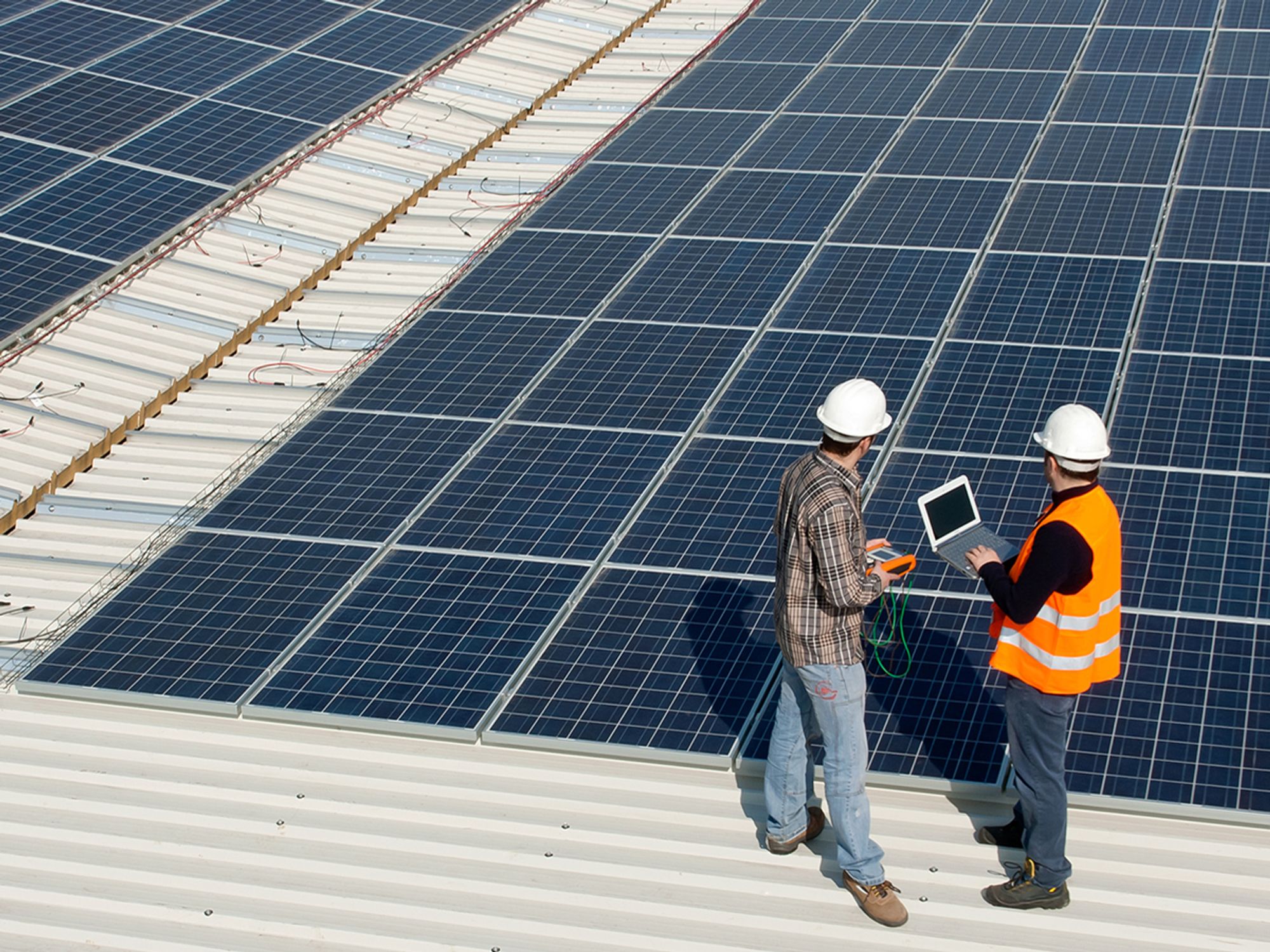InstituteWind EnergyGeothermal EnergyRenewable and Alternative EnergySolar EnergyWave/ocean EnergyRenewable and Alternative EnergyBiofuelUSAEnglishAnalysisFocus AreaIn Depth (Level 3)
Economic development and job creation
['Renewable and Alternative Energy']

- Biomass supports the forestry and agricultural industries while hydropower can make recreational areas and support boating and fishing.
- Wind power plant owners pay rent to the farmer or rancher for using the land and solar employs many veterans of the U.S. Armed Services.
Biomass
- Biomass energy aids U.S. farming and forest-commodity industries. With developing technology, —agricultural residues like corn stover (the stalks, leaves, and plant husks) and wheat straw will also be utilized, furthering ties to the agricultural industry. Long-term proposals include growing dedicated energy crops, like quick-growing trees and grasses, and algae. These feedstocks can flourish sustainably on grounds that cannot support exhaustive food crops.
Geothermal
- A geothermal project for electricity production includes the services of investors, government executives, regulatory figures, auditors, economists, environmentalists, management and marketing groups, legal experts, geophysicists, engineers, drilling workers, logistics individuals, operations and maintenance units, and a utility board. Many hands are needed to ensure the prosperity of a geothermal venture. The amount of workers hired under such a project shows the major economic influence geothermal creation delivers to a country through capacity building, greater global presence, and partnerships, and heightened gross domestic product (GDP).
Hydropower
- Hydroelectric installations deliver electricity, highways, industry, and trade to populations, thus strengthening the economy, furthering access to health and education, and bettering general well-being. It provides great opportunities and is available where progress is most needed.
- Hydroelectric developments have an average lifetime of 50 to 100 years. They are long-lasting investments that can help different generations. It is simple to upgrade them to include more recent technologies, which further aids economic development.
- Dams made for hydropower production may produce locations for recreational use such as boating and fishing.
Solar
- Since 2010, the U.S. solar labor force has grown 123 percent. Veterans of the U.S. Armed Services comprise 8.1 percent of the entire solar labor force.
- The Solar Foundation, a nonprofit corporation that encourages the use of solar methods to help meet global energy consumption, gauges that in August 2010, 93,000 individuals spent greater than half their work hours on projects connected to solar energy. The solar industry includes individuals in science, engineering, manufacturing, building, and installation.
Wind
- Wind turbines can be constructed on already present farms or ranches. This largely benefits the economy in rural areas, where the majority of strong wind sites are located. Farmers and ranchers can carry on tending the land because the wind turbines use merely a small portion of the land. Wind power plant owners pay rent to the farmer or rancher for using the land, thus giving landowners added income.
- Wind allows the U.S. industry to grow and compete with other nations. New wind projects in the U.S. are responsible for annual investments of more than $10 billion. The United States has a largely skilled workforce and can compete with countries around the world in the clean energy economy.
- The U.S. wind sector employs over 100,000 workers. A wind turbine technician is one of the quickest growing American positions available. Wind has the possibility to support over 600,000 jobs in development, installation, maintenance, and supporting operations by the year 2050.
